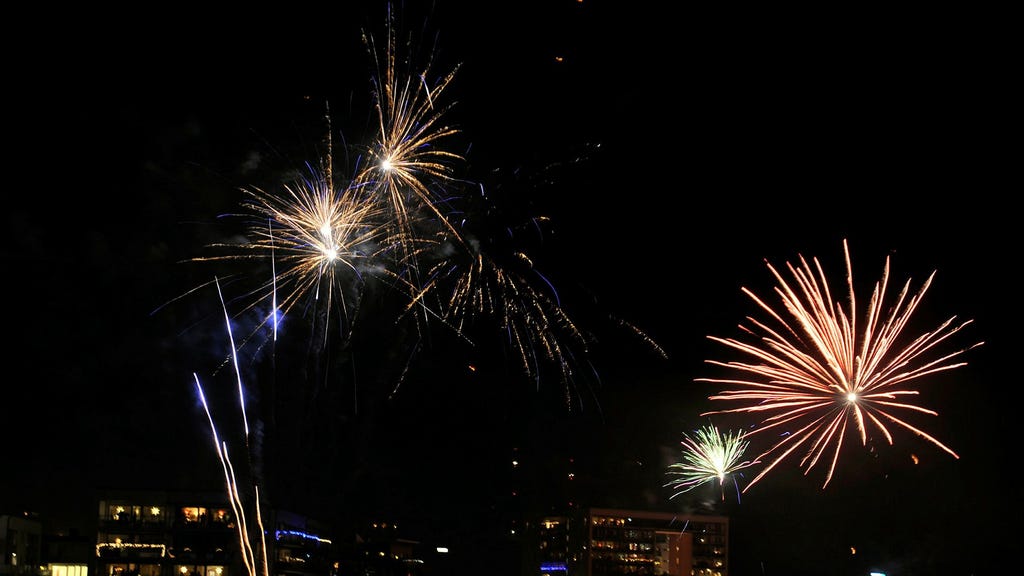Fireworks Regulations and Safety in Sweden: A Comprehensive Guide
Celebrating New Year’s Eve with fireworks is a cherished tradition in many cultures, and Sweden is no exception. However, the use of fireworks is strictly regulated to ensure public safety and minimize the risk of accidents. This comprehensive guide outlines the key regulations governing the purchase, use, and disposal of fireworks in Sweden, emphasizing the importance of responsible handling and adherence to safety guidelines.
First and foremost, the legal age for both purchasing and using fireworks in Sweden is 18 years old. This age restriction is strictly enforced, and parents are prohibited from buying fireworks for their underage children. The rationale behind this law stems from the fact that individuals under 18 are statistically more likely to be involved in fireworks-related accidents. This underscores the need for maturity and responsible behavior when handling these potentially hazardous items.
The types of fireworks permitted for private use without a special permit are also regulated. Primarily, these include firework cakes (multi-shot devices), sparklers, fountains, and single-shot fireworks. Large retailers generally stock only permitted fireworks, ensuring consumers have easy access to legal products. Importantly, rockets with guiding sticks are no longer available for purchase without a permit due to their high incidence of causing accidents. These rockets require specific rigging to ensure they fly upwards, but improper setup, such as placing them in unstable snow-covered bottles, can lead to dangerous misfires and ground-level explosions.
Smällare, fireworks primarily designed for their loud bang, are strictly prohibited without a special permit and mandatory training, introduced in 2002 and 2015, respectively. Even smällare purchased legally in other countries are not permitted for use in Sweden. This stringent regulation aims to mitigate noise pollution and the potential for misuse of these powerful explosives.
The primary risks associated with fireworks involve misfires and improper handling. Fireworks placed on uneven surfaces can topple over and fire in unintended directions, posing a threat to bystanders. Another common hazard is prematurely approaching a firework that appears to have malfunctioned. A delayed ignition can result in the firework discharging directly at the person investigating it, causing serious injuries due to the high velocity of the projectiles. Following safety instructions, particularly regarding safe distances, is crucial for preventing such accidents.
Local regulations also play a significant role in determining where and when fireworks can be used. Each municipality can implement its own specific ordinances, restricting usage in certain areas or during specific timeframes. For instance, some cities may prohibit fireworks within designated zones, typically in densely populated areas or near sensitive infrastructure. Others may restrict usage to specific hours on New Year’s Eve. Checking local ordinances before using fireworks is essential for compliance and avoiding penalties. Generally, fireworks should be used outdoors in open spaces, away from buildings, to prevent fires caused by stray projectiles landing on roofs or balconies.
Sky lanterns, another popular celebratory item, are subject to specific regulations. A maximum of 50 lanterns may be released at a time, and their height is restricted to one meter. Releasing sky lanterns near airports (within a 10-kilometer radius) requires prior notification to the airport authorities, as they can interfere with flight operations. Due to the density of air traffic, even during nighttime, finding a suitable time for releasing lanterns near airports may be challenging.
Proper disposal of fireworks debris is equally important. Used fireworks can be disposed of with combustible waste at recycling centers. However, unexploded fireworks require special handling. Contacting the retailer, recycling center, or the police is recommended for guidance on safe disposal. Other celebratory items also have specific disposal guidelines: metal wires from sky lanterns should be recycled as metal scrap, taking care to ensure they don’t pose a hazard to animals; spent sparklers should be cooled completely before disposal in regular household waste; and champagne bottles and their components should be sorted accordingly for glass, metal, and general waste.
In conclusion, adhering to these regulations and exercising caution is paramount for a safe and enjoyable New Year’s celebration. Responsible fireworks usage not only protects individuals but also contributes to a safer community environment. By understanding and following these guidelines, everyone can partake in the festivities while minimizing risks and preserving the tradition for years to come. Remember to always prioritize safety and respect local regulations to ensure a joyous and incident-free New Year’s Eve.














